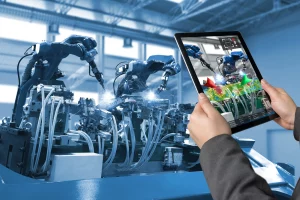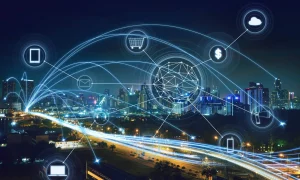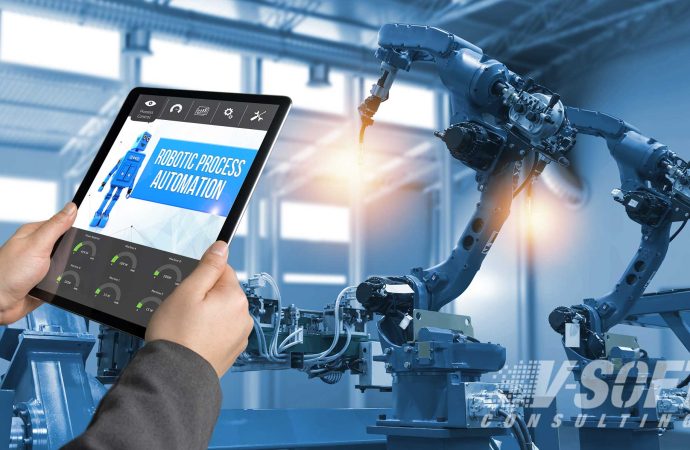Digital Twins have revolutionized the industrial sector by improving efficiency in various processes and enhancing predictive maintenance in the manufacturing industry. These virtual replicas of physical assets or systems provide real-time data monitoring and simulation capabilities that were previously unimaginable. Digital Twins play a crucial role in predictive maintenance in the manufacturing industry. By continuously
Digital Twins have revolutionized the industrial sector by improving efficiency in various processes and enhancing predictive maintenance in the manufacturing industry. These virtual replicas of physical assets or systems provide real-time data monitoring and simulation capabilities that were previously unimaginable.
Digital Twins play a crucial role in predictive maintenance in the manufacturing industry. By continuously monitoring and analyzing data from sensors embedded in machinery, these digital replicas can predict when equipment is likely to fail. This proactive approach to maintenance not only minimizes downtime but also extends the lifespan of machinery, ultimately saving companies time and money.
Benefits of Implementing Digital Twins

Image by : Yandex
One of the key benefits of implementing Digital Twins in industry is enhanced predictive maintenance with real-time data monitoring. By continuously collecting and analyzing data from physical assets, companies can identify potential issues before they escalate into costly problems. This proactive approach to maintenance helps companies avoid unexpected downtime and increase overall productivity.
Another significant benefit of Digital Twins is the ability to improve efficiency and productivity through virtual simulations. By creating digital replicas of physical assets or processes, companies can test different scenarios and optimize operations without disrupting production. This capability not only saves time and resources but also allows companies to identify potential improvements that can further enhance efficiency.
Challenges in Digital Twin Adoption
Despite the numerous benefits of Digital Twins, there are challenges in their adoption, such as data integration for accurate representation. Integrating data from various sources to create an accurate digital replica can be complex and time-consuming. Companies must ensure that the data used to create Digital Twins is accurate and up-to-date to maximize their effectiveness.
Security concerns also pose a challenge in implementing Digital Twins in the industry. With the increasing connectivity of physical assets to digital systems, there is a risk of cyber threats compromising the integrity of Digital Twins. Companies must implement robust cybersecurity measures to protect their digital replicas from potential attacks.
Case Studies of Digital Twin Applications
Real-world examples of Digital Twins in action showcase the benefits of using this technology in various industries. For instance, in the oil and gas industry, Digital Twins are used to monitor and optimize drilling operations, leading to increased efficiency and cost savings. In the healthcare sector, Digital Twins are used to simulate patient outcomes and personalize treatment plans, improving patient care.
The benefits of using Digital Twins in various industries are vast. From optimizing production processes in manufacturing to improving asset management in transportation, Digital Twins have the potential to revolutionize how companies operate and innovate.
Future Trends in Digital Twin Technology
The future of Digital Twin technology looks promising, with the benefits of using Digital Twins in industry becoming more apparent. Companies are increasingly recognizing the value of Digital Twins in optimizing operations and improving decision-making. As technology advances, the challenges in implementing Digital Twins in industrial settings are expected to be addressed, leading to wider adoption and integration across industries.
Integration with IoT and AI
Digital Twins enhance IoT integration in industrial processes by providing a virtual representation of physical assets that can be connected to IoT devices. This integration enables companies to collect real-time data from sensors and devices, analyze it using AI algorithms, and make informed decisions to optimize operations. AI-driven Digital Twins further enhance efficiency and predictive maintenance by leveraging machine learning algorithms to identify patterns and predict potential issues before they occur.
Impact on Workforce and Skills

Image by : Yandex
Digital Twins optimize workforce efficiency in the industry by providing employees with real-time data and insights to make informed decisions. By leveraging the capabilities of Digital Twins, companies can streamline operations, reduce manual tasks, and empower employees to focus on more strategic initiatives. As a result, the skills needed to manage Digital Twins are in high demand, with companies looking for individuals who can effectively create, analyze, and optimize digital replicas to drive business growth and innovation.





















